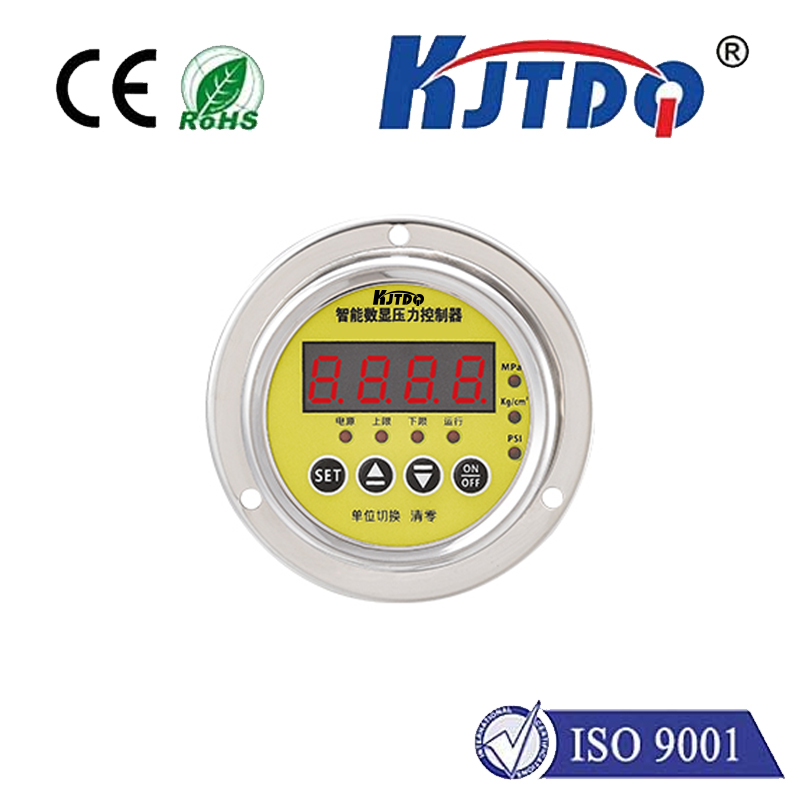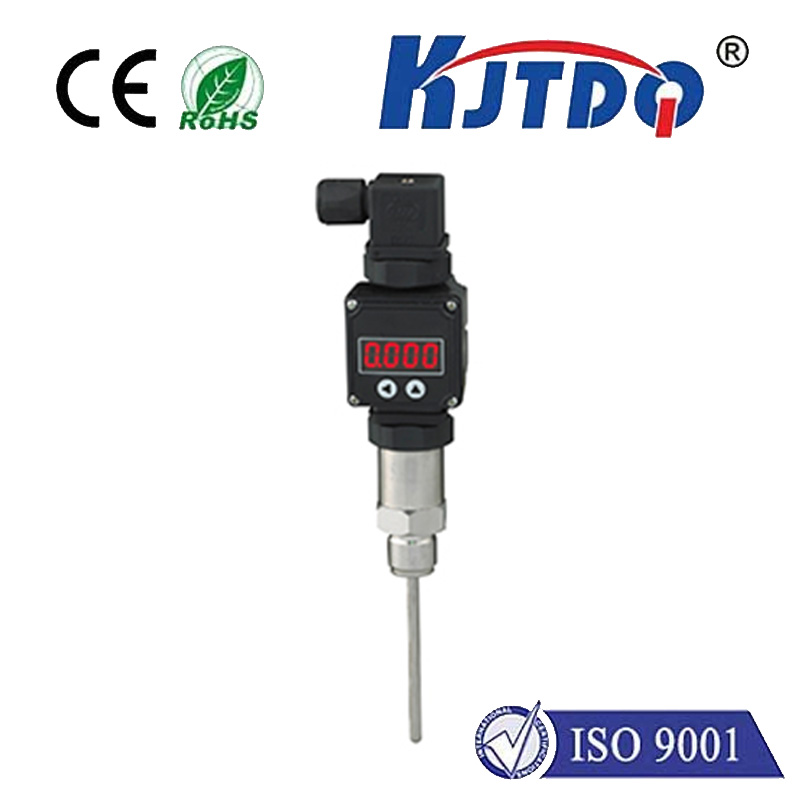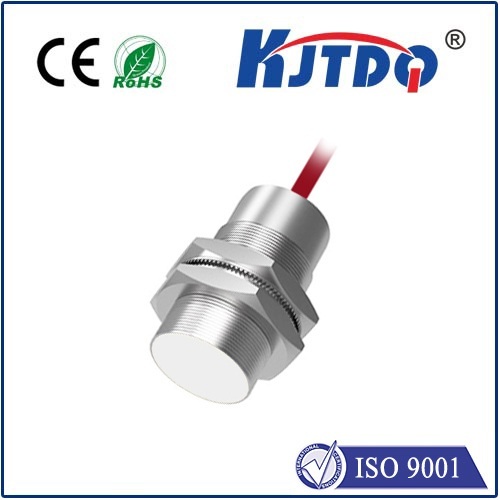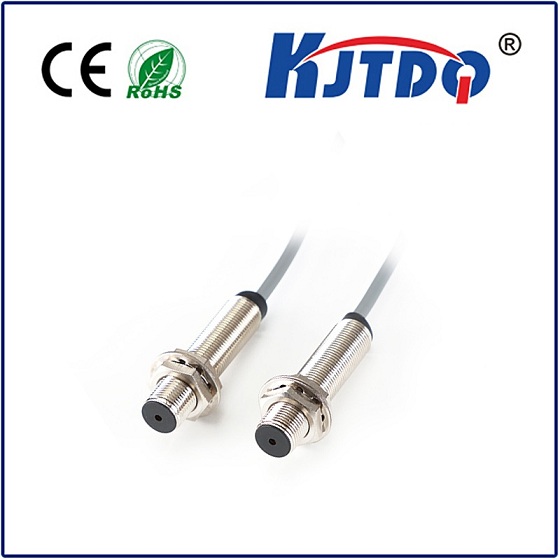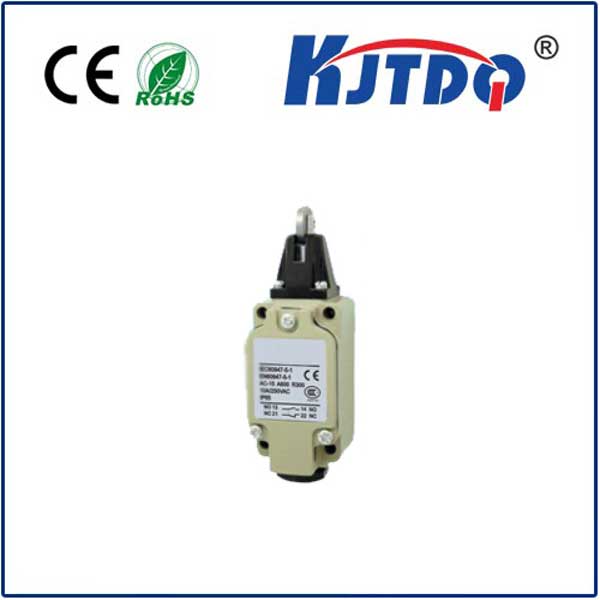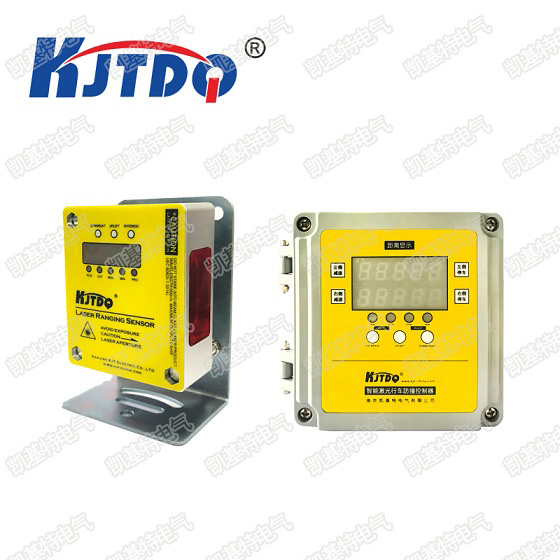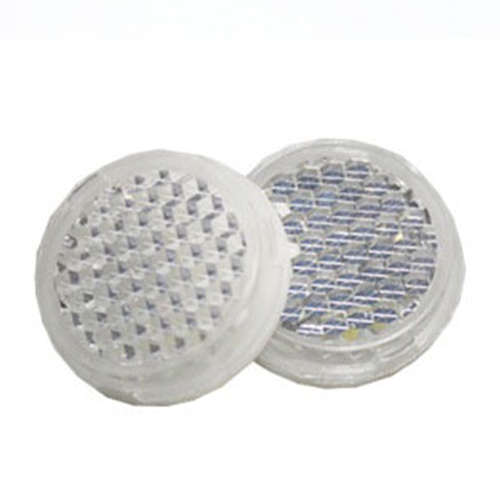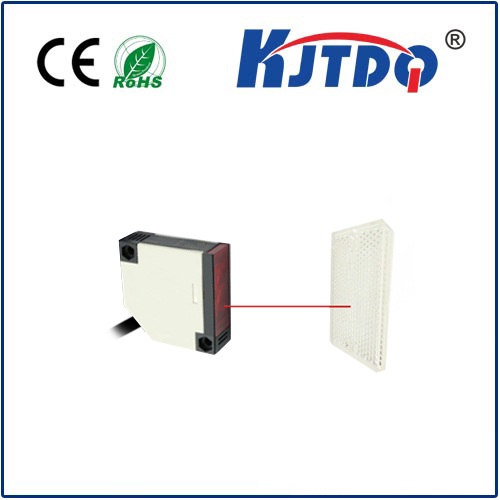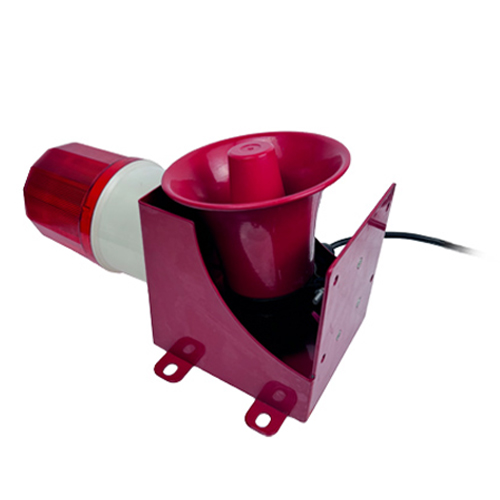micro detectors proximity sensor
- time:2025-07-02 03:55:15
- Click:0
Demystifying Miniaturized Marvels: The Power and Precision of Micro Proximity Sensors
Invisible guardians operating at lightning speed, nestled within the tightest confines of machinery and electronics, quietly transform how we interact with the physical world. This is the reality of micro proximity sensors, a testament to the relentless pursuit of miniaturization in automation and sensing technology. These diminutive yet powerful devices detect the presence, absence, or position of objects without physical contact, bringing unparalleled precision and reliability to applications where space is at an absolute premium and performance is non-negotiable.
What Exactly Are Micro Proximity Sensors?
At their core, proximity sensors are electronic devices designed to detect the presence or absence of a nearby object within a defined sensing range. They achieve this without making physical contact, making them ideal for wear-free operation in demanding environments. The term “micro” specifically refers to sensors engineered with an exceptionally small form factor. Typically measuring just a few millimeters in diameter and length, these sensors overcome significant engineering challenges to deliver robust sensing capabilities in incredibly compact packages. Their miniaturization is driven by advancements in materials science, electronics packaging, and precision manufacturing.

Unveiling the Magic: How They Work
Most micro proximity sensors rely on one of two fundamental principles: electromagnetic induction or capacitance changes.
- Inductive Micro Proximity Sensors: These are the most common type for detecting metallic objects. A tiny coil within the sensor generates a high-frequency electromagnetic field. When a metallic target enters this field, it induces eddy currents within the metal. This current draw alters the oscillation amplitude or frequency within the sensor’s circuit. Sophisticated electronics detect this minute change, triggering the sensor’s output signal (e.g., switching a transistor). Their key strengths lie in robustness, insensitivity to dirt or opaque materials (as long as they aren’t metallic or magnetic), and high switching speeds.
- Capacitive Micro Proximity Sensors: These sensors detect both metallic and non-metallic objects (liquids, plastics, wood, etc.) by sensing changes in capacitance. The sensor face acts as one plate of a capacitor, with the target object acting as the other plate (or altering the dielectric constant near the sensor). As an object approaches, the capacitance between the sensor’s electrode and the object changes. The sensor’s circuitry detects this change and activates its output. This makes them incredibly versatile, albeit potentially more susceptible to unintended triggering by environmental factors like moisture or humidity compared to their inductive counterparts.
The Compelling Advantages Driving Adoption
The shrinking size delivers significant, tangible benefits that make micro proximity sensors indispensable in modern design:
- Space-Saving Design: This is the paramount advantage. Their miniature dimensions allow them to be integrated into locations where traditional sensors simply cannot fit – inside tiny mechanisms, cramped robotic grippers, compact consumer electronics (like smartphones for lid detection), miniaturized medical devices, and densely packed PCBs.
- Increased Design Flexibility: Engineers gain immense freedom to implement sensing solutions in innovative product designs and intricate machinery layouts, unconstrained by bulky sensor housings.
- Lightweight Integration: Critical for applications sensitive to added mass, such as drones, robotic arms, and wearable technology.
- Precision Detection: Miniaturization often goes hand-in-hand with advances allowing for extremely precise positioning detection within fractions of a millimeter, vital for high-accuracy assembly and quality control. High repeatability ensures consistent performance over millions of operations.
- Fast Response Times: Their compact electronics facilitate very high switching frequencies, enabling detection in high-speed automation lines, high-RPM machinery, and rapid robotic movements.
- Enhanced Reliability: The non-contact nature eliminates mechanical wear and tear. Encapsulation techniques protect the delicate internal components from dust, moisture, oils, and vibrations common in industrial settings, ensuring long operational lifespans.
Where Micro Proximity Sensors Make a Macro Impact
The applications for these tiny titans are vast and continually expanding:
- Industrial Automation: Mass deployment on miniature assembly lines, monitoring position and presence in robotic cells, tool positioning in CNC machinery, workpiece detection in micromachining, and end-of-arm tooling sensing for collaborative robots (cobots).
- Electronics Manufacturing: Essential for PCB component presence/alignment verification during surface mount technology (SMT) processes, testing jig positioning, and ensuring precise insertion of tiny connectors.
- Medical Technology: Found in surgical robots for instrument positioning, portable diagnostic devices, infusion pump mechanisms (detecting syringe plungers or vials), and advanced prosthetics for joint movement feedback.
- Consumer Electronics: Used in smartphones (detecting flip covers or stylus presence), laptops (lid closure detection), wearables (band closure detection), and miniature home appliances.
- Automotive: Integrated into advanced driver-assistance systems (ADAS) components, transmission systems, electric vehicle battery management systems, and compact actuators for mirrors or seat adjustments.
- Packaging Machinery: Counting small pharmaceutical tablets or capsules, verifying label application, and detecting small package positions on high-speed filling and capping lines.
Choosing the Right Micro Detector
Selecting the optimal sensor requires careful consideration:
- Detection Target: Metal? Choose inductive. Non-metal? Capacitive is needed. Also, consider target size and material properties.
- Sensing Range: Micro sensors offer inherently shorter ranges (typically fractions of a millimeter to a few millimeters max). Ensure the specified range meets the application’s physical constraints.
- Size Constraints: Precisely measure the available installation space. Micro sensors come in standardized and specialized form factors (e.g., cylindrical M3, M4, M5 threads, or rectangular SMD packages).
- Environmental Factors: Consider temperature extremes, potential chemical exposure, washdown requirements, electrical noise, and vibration levels. Select sensors with appropriate ingress protection (IP) ratings and material construction (e.g., stainless steel housing).
- Output Requirements: Common outputs include NPN/PNP transistors (sourcing/sinking), push-pull (NAMUR), or analog (current/voltage proportional to distance). Match the output type to the control system input.
- Switching Frequency: Ensure the sensor’s maximum switching speed exceeds the application’s required operational speed.
The Future is Tiny and Smart
The evolution of micro proximity sensors continues unabated. We see trends towards even smaller packages, integrated intelligence (e.g., IO-Link connectivity enabling parameterization, diagnostics, and process data output from the sensor itself), enhanced environmental ruggedness, and higher degrees of precision. As industries demand greater miniaturization, higher speeds, and smarter devices, these micro detectors will remain at the forefront, enabling innovations we are only beginning to imagine. Their ability to provide reliable, non-contact sensing where larger sensors simply cannot tread makes them fundamental building blocks for the next generation of advanced automation and technology.






